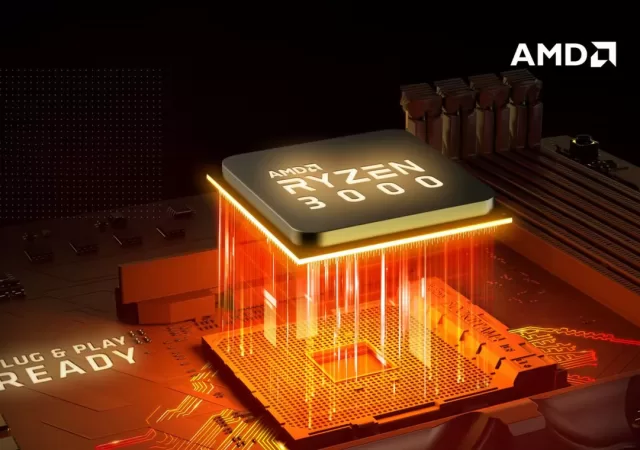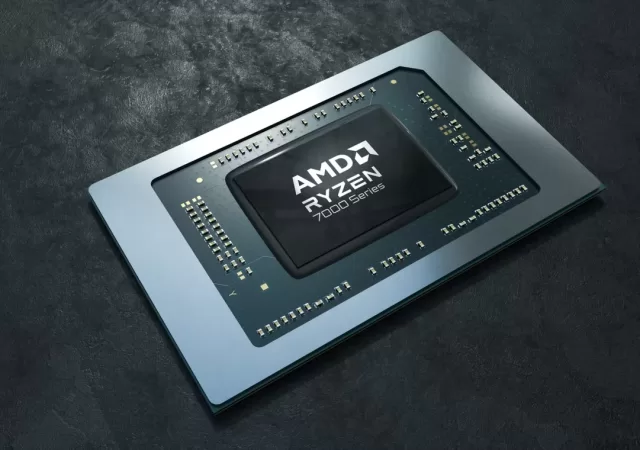New Inception vulnerability in AMD Zen 3 and Zen 4 CPUs poses a security risk as it is reported to be able to leak sensitive data within 40 minutes on Linux.
[CES 2023] AMD Brings the Ryzen 7000 Series Mobile!
AMD launches their latest mobile CPU, the Ryzen 7000 Series CPU’s with Zen 4 architecture and RDNA 3 Radeon graphics in tow.




